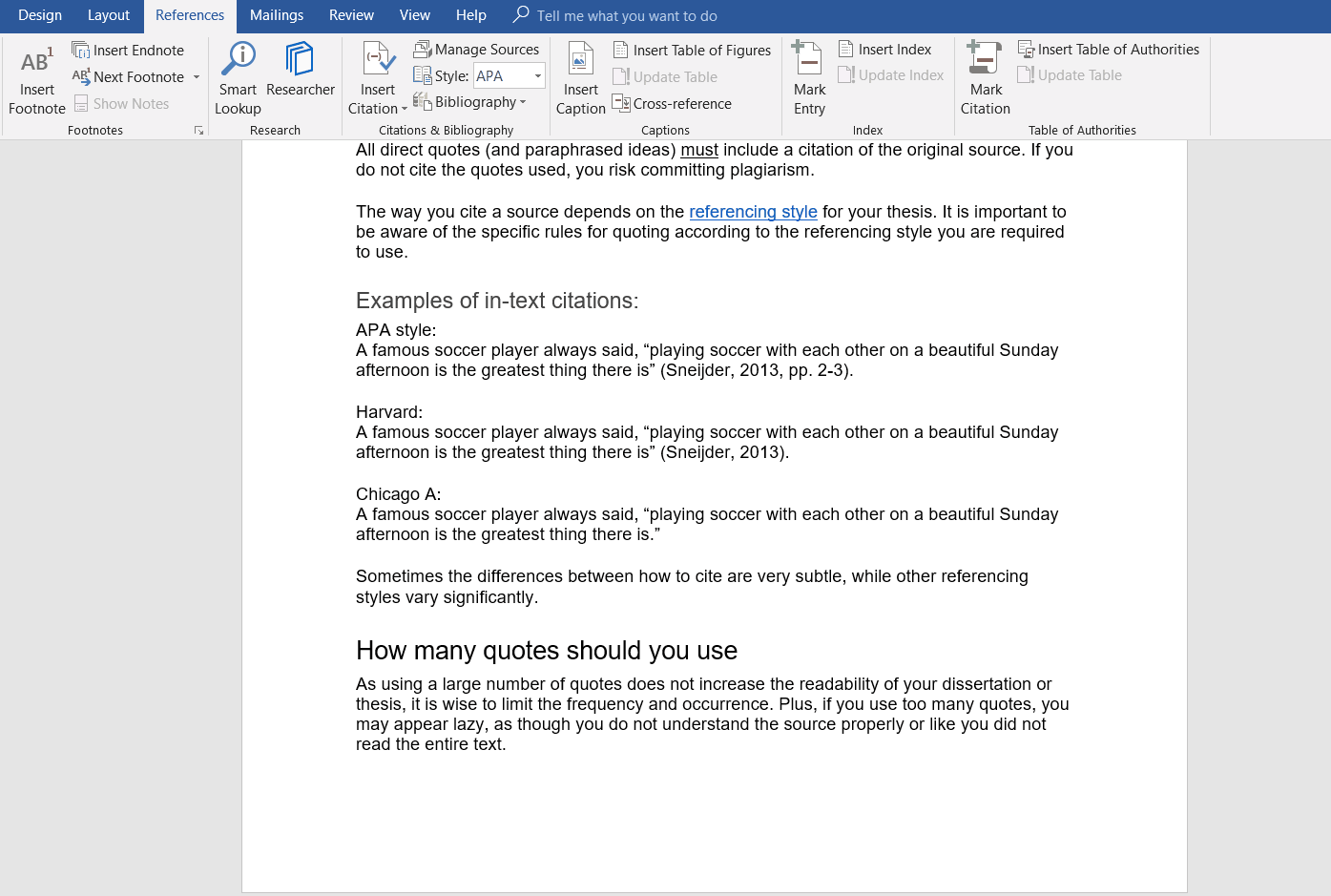

You can find some of our recommendations for helpful software tools for saving and evaluating webpages in this previous blog post. Of course, you can always use the browser history to restore them, but there are alternatives. At some point you’ll likely have too many tabs, and you’ll start to worry that you’ll accidentally close them all by accident. If you have a large screen, you can create a new tab for each new source you find and still maintain an overview… at least at the beginning. You’ll usually begin your search for sources in your browser, either in a research database (the best option) or in a search engine if you’re doing more of an exploratory search at the beginning of a project. When you do find a website that looks like it would be a good source and you want to cite it, what’s the best way to save a copy of it long-term and how can you best format long links in your bibliography? Find out below. Before deciding whether or not to use a website in your own work, make sure to evaluate its quality carefully and be especially wary of fake news. When you starting searching for sources in a search engine, you’ll likely find information on academic websites but also on company pages, news portals, blogs, social media sites, and many other types of webpages. However, the citation of webpages that don’t fall into any of the traditional categories of academic sources are a bit of a special case.
How to make a footnote citation cms pdf#
Depending on your subject area, you might not be using any physical sources at all and may instead rely entirely on digital versions of books, journal articles, and reports in PDF format. Gone are the days of citing only printed materials when writing a research paper or thesis. Our recommendations for working with URLs


 0 kommentar(er)
0 kommentar(er)
